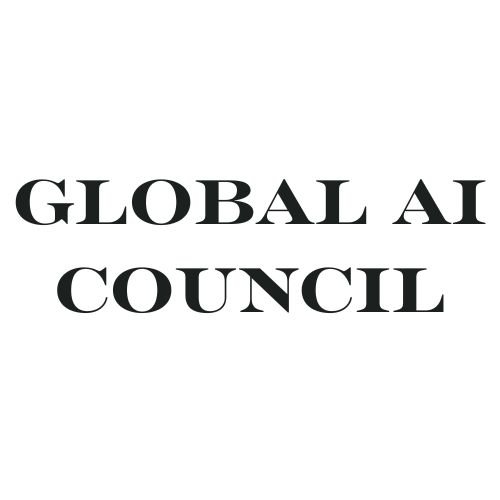AI and Human Augmentation: Enhancing Human Capabilities
Artificial Intelligence (AI) is at the forefront of a technological revolution, enhancing human capabilities through human augmentation. This involves the integration of AI with human physiology to improve physical, cognitive, and sensory abilities. Here’s a look at how AI is driving advancements in human augmentation and the transformative benefits it offers.
1. Physical Augmentation
Prosthetics and Exoskeletons: AI-powered prosthetics and exoskeletons are transforming the lives of individuals with disabilities. These advanced devices use AI to interpret neural signals and enable precise movements, offering greater mobility and independence. Exoskeletons are also being used to assist workers in physically demanding jobs, reducing the risk of injury and increasing efficiency.
Enhanced Athletic Performance: AI is being used to develop wearable devices that monitor and optimize athletic performance. These devices can track vital signs, analyze movements, and provide real-time feedback to athletes, helping them improve their techniques and avoid injuries. AI-driven training programs can also tailor regimens to individual needs, maximizing performance.
Surgical Precision: In the medical field, AI-assisted robotic systems enhance the precision and effectiveness of surgical procedures. These systems can perform complex operations with greater accuracy than human hands alone, reducing the risk of complications and improving patient outcomes.
2. Cognitive Augmentation
AI-Powered Brain-Computer Interfaces (BCIs): BCIs enable direct communication between the brain and external devices. AI enhances BCIs by decoding neural signals more accurately, allowing individuals to control computers, prosthetics, and other devices using their thoughts. This technology holds promise for individuals with paralysis or other neurological conditions, providing new means of communication and interaction.
Memory Enhancement: AI can assist in enhancing memory through wearable devices and applications that track and store information. These tools can remind users of important tasks, recall personal details, and provide contextual information in real-time, effectively augmenting human memory.
Learning and Skill Acquisition: AI-driven educational platforms personalize learning experiences by adapting to individual learning styles and paces. These platforms can provide customized feedback, recommend resources, and track progress, making learning more efficient and effective. AI is also used in simulations and virtual environments to help individuals acquire and refine skills in various fields.
3. Sensory Augmentation
Visual Enhancement: AI-powered devices can enhance vision for individuals with visual impairments. Smart glasses and contact lenses equipped with AI can interpret and relay visual information, helping users navigate their environment and recognize objects and faces. These devices can also augment reality by overlaying digital information onto the physical world, providing enhanced situational awareness.
Hearing Enhancement: AI-driven hearing aids can filter out background noise, focus on specific sounds, and adjust settings automatically based on the environment. These advancements significantly improve the hearing experience for individuals with hearing impairments, allowing them to engage more fully in conversations and activities.
Sensory Substitution: AI enables sensory substitution devices that convert one type of sensory input into another. For example, devices can translate visual information into auditory or tactile feedback, allowing individuals with sensory impairments to perceive their surroundings in new ways.
4. Challenges and Ethical Considerations
Privacy and Security: The integration of AI with human capabilities raises significant privacy and security concerns. Personal data collected by augmentation devices must be protected to prevent unauthorized access and misuse. Ensuring robust cybersecurity measures is crucial.
Equity and Accessibility: There is a risk that AI-powered augmentation technologies could exacerbate existing inequalities if access is limited to those who can afford them. Ensuring that these technologies are accessible to all, regardless of socioeconomic status, is essential for equitable advancement.
Ethical Implications: The ethical implications of human augmentation, such as the potential for enhancement beyond natural human abilities, must be carefully considered. Society must address questions about the fairness, desirability, and regulation of such enhancements.
5. Future Trends and Opportunities
Integration with Everyday Life: AI-powered augmentation technologies will become increasingly integrated into everyday life, enhancing daily activities and improving quality of life for people with and without disabilities.
Continued Advancements in Healthcare: AI will continue to drive innovations in healthcare, from improved diagnostic tools to advanced therapeutic devices, further augmenting human health and capabilities.
Enhanced Human-Machine Collaboration: The future will see more seamless collaboration between humans and AI, where AI augments human capabilities in various domains, from professional work to personal life, creating new possibilities and opportunities.
Conclusion
AI is significantly enhancing human capabilities through physical, cognitive, and sensory augmentation. These advancements are transforming lives, enabling individuals to overcome limitations, and unlocking new potentials. While there are challenges and ethical considerations to address, the future of human augmentation with AI holds immense promise for improving human abilities and quality of life. As AI continues to evolve, it will further integrate with and enhance our daily lives, leading to a more empowered and capable human experience.
4o
